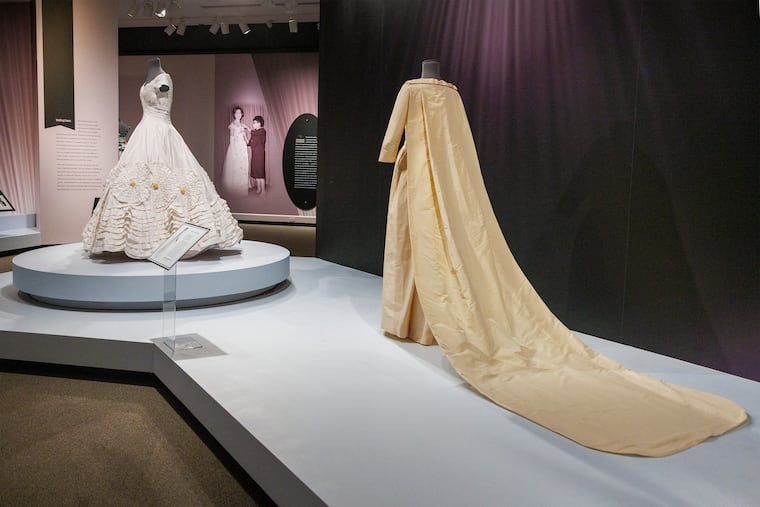Ann Lowe exhibit honors the American fashion designer high society often kept hidden
The Winterthur’s new exhibit 'Ann Lowe: An American Couturier,' is a groundbreaking fashion exhibit honoring the designer who made Jacqueline Kennedy's wedding dress.
